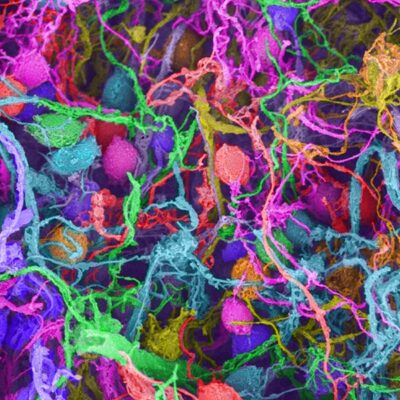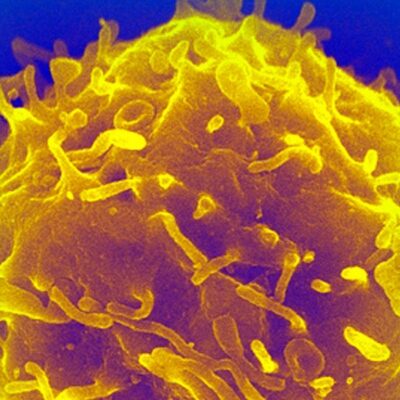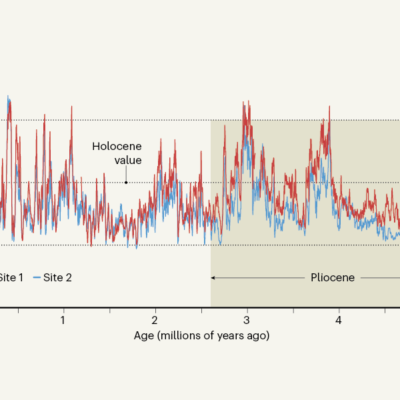NATURE

Memories are made by breaking DNA — and fixing it
- By West virginia digital
- . March 29, 2024
When a long-term memory forms, some brain cells experience a rush of electrical activity so strong that it snaps their
A figure of merit for efficiency roll-off in TADF-based organic LEDs
- By West virginia digital
- . March 29, 2024
Forrest, S. R. The path to ubiquitous and low-cost organic electronic appliances on plastic. Nature 428, 911–918 (2004). Article CAS

How to make an old immune system young again
- By West virginia digital
- . March 29, 2024
Blood stem cells (example pictured; artificially coloured) generate red blood cells and immune cells.Credit: Science Photo Library Old mice developed
Graphene nanoribbons grown in hBN stacks for high-performance electronics
- By West virginia digital
- . March 29, 2024
Wang, L. et al. One-dimensional electrical contact to a two-dimensional material. Science 342, 614–617 (2013). Article ADS CAS PubMed Google

is social media really behind an epidemic of teenage mental illness?
- By West virginia digital
- . March 29, 2024
Social-media platforms aren’t always social.Credit: Getty The Anxious Generation: How the Great Rewiring of Childhood is Causing an Epidemic of
Controlling the helicity of light by electrical magnetization switching
- By West virginia digital
- . March 29, 2024
Waser, R. (ed.) Nanoelectronics and Information Technology: Advanced Electronic Materials and Novel Devices 3rd edn (Wiley-VCH, 2012). Žutić, I., Fabian,

The surprising history of the Southern Ocean’s super current
- By West virginia digital
- . March 29, 2024
Nature, Published online: 27 March 2024; doi:10.1038/d41586-024-00678-5 Reconstructions of the strength of a powerful current that circles the South Pole
High-fidelity spin qubit operation and algorithmic initialization above 1 K
- By West virginia digital
- . March 29, 2024
Measurement setup The full experimental setup is shown in Extended Data Fig. 1. The device is measured in a Bluefors

Climate change has slowed Earth’s rotation — and could affect how we keep time
- By West virginia digital
- . March 29, 2024
Climate change is starting to alter how humans keep time. An analysis1 published in Nature on 27 March has predicted
Structural basis of exoribonuclease-mediated mRNA transcription termination
- By West virginia digital
- . March 29, 2024
Kim, M. et al. The yeast Rat1 exonuclease promotes transcription termination by RNA polymerase II. Nature 432, 517–522 (2004). Article

